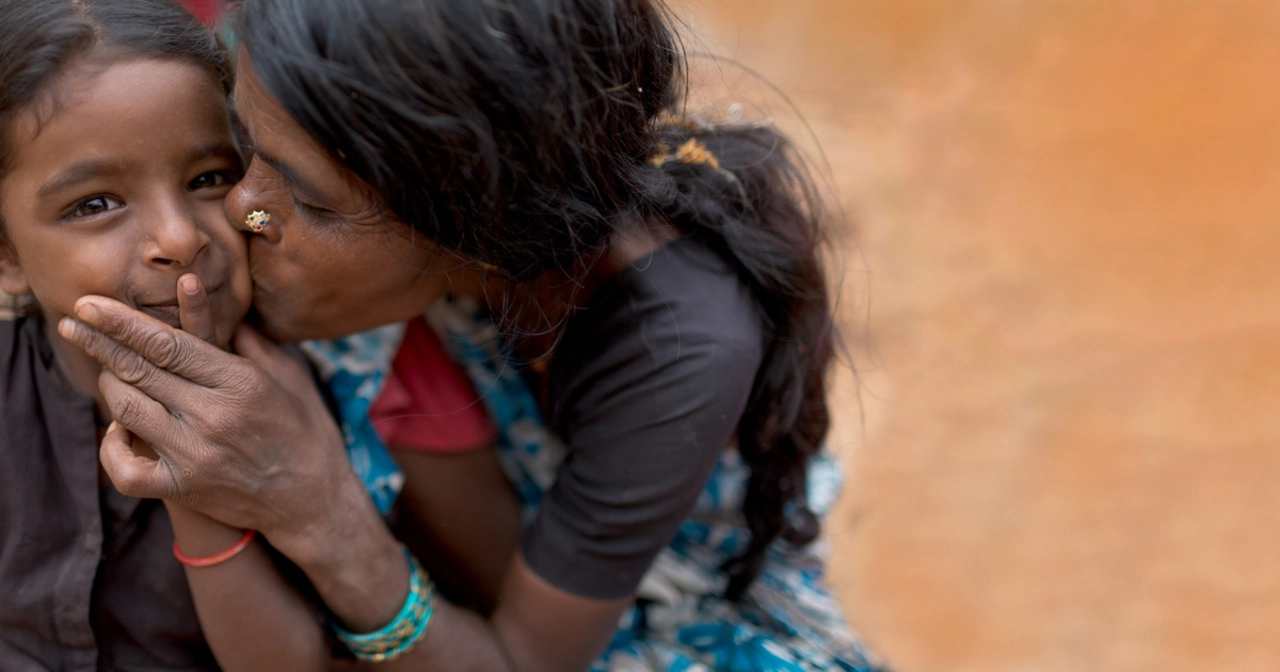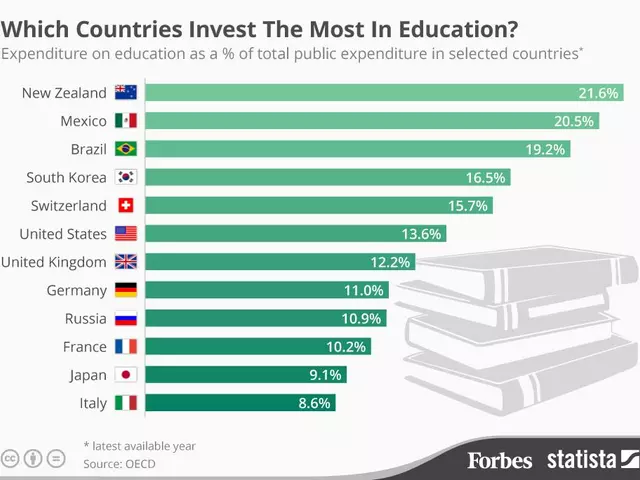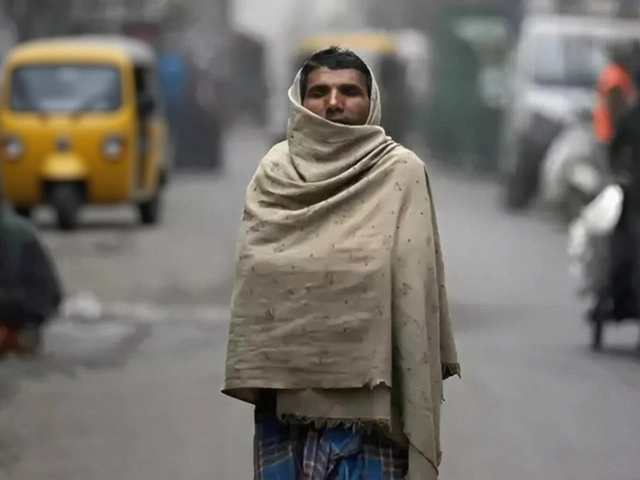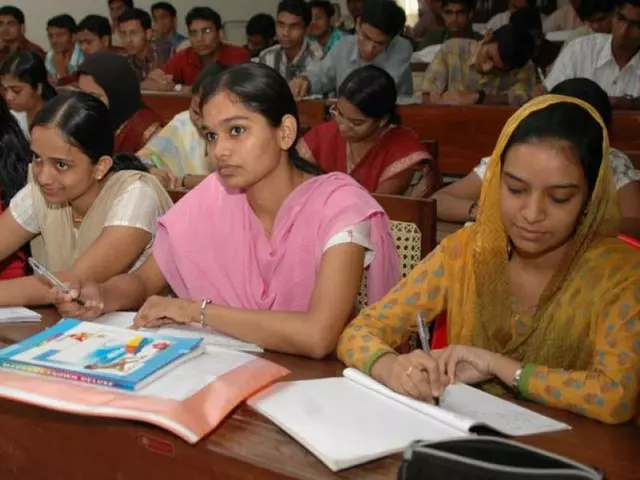The Inequality of Opportunity and Quality of Life in India
India presents a unique set of challenges when it comes to quality of life. Despite being one of the world’s most populous countries, and the second-largest economy in Asia, India still ranks among the lowest in terms of basic human needs. This is due in large part to the extreme inequality of opportunity and quality of life, which can be seen in the disparities between the wealthiest and the poorest.
The gap between the privileged and the deprived is particularly stark in India. The wealthiest 1 percent of the population holds a staggering 58 percent of the total wealth, while the bottom 70 percent of the population holds only 4.8 percent of the wealth. Furthermore, the average income for the top 10 percent of the population is more than twelve times higher than that of the bottom 10 percent. In terms of access to basic services such as education and healthcare, the wealthiest 10 percent enjoy access to quality services while the poorest 10 percent have limited or no access.
The inequality of opportunity and quality of life in India have a wide-reaching impact. Poverty and inequality are major contributors to the high levels of malnutrition, poor health, and crime, as well as limited access to basic services. These conditions have a particularly strong impact on children, who are more likely to be malnourished, suffer from poor health, and fail to reach their full potential.
The Indian government has taken some measures to address the inequality of opportunity and quality of life, such as providing subsidies for healthcare and education. However, the impacts of these policies have been limited. The gap between the wealthy and the poor continues to grow, and inequality remains a major obstacle to improving the quality of life in India.
The inequality of opportunity and quality of life in India is a complex issue, and it will take concerted efforts from both the government and the private sector to make progress. It is important to recognize that this is a systemic problem, and that there are no easy solutions. Only by addressing the root causes of inequality – such as poverty, corruption, and lack of access to basic services – can India hope to make real progress.
The Impact of Poverty on Everyday Life in India
India is a country in which millions of families live in poverty, and the consequences of this poverty are felt every day. Poverty in India is caused by a variety of factors, including lack of access to education, limited access to clean water and sanitation, and a lack of economic opportunities. As a result, those who live in poverty are often unable to access basic necessities, such as food and shelter. This has a devastating effect on their quality of life, and has a ripple effect throughout the country.
Lack of Access to Education
Education is an important factor in providing economic opportunities, and yet many in India are unable to access it due to poverty. This lack of access to education means that those in poverty are unable to acquire the skills necessary to find good jobs and escape poverty. This in turn leads to a cycle of poverty, in which those in poverty remain in poverty, unable to break out of it.
Limited Access to Clean Water and Sanitation
Those in poverty in India often lack access to basic necessities such as clean water and sanitation. This can lead to a variety of health problems, including dehydration, malnutrition, and an increased risk of disease. It can also lead to an increased risk of water-borne illnesses, as those in poverty are often unable to access clean water sources. This lack of access to basic necessities can have a devastating effect on the health and wellbeing of those living in poverty.
Lack of Economic Opportunities
Poverty in India is often caused by a lack of economic opportunities. Those in poverty are often unable to access jobs that would enable them to escape poverty, due to a lack of education, skills, and resources. This can be extremely disheartening for those in poverty, as it means that they are unable to access the means to better their lives. This has a devastating effect on their quality of life, and can lead to a cycle of poverty.
The Effects of Poverty on Everyday Life in India
The effects of poverty on everyday life in India can be devastating. Those in poverty often lack access to basic necessities, such as food and shelter, and this can lead to malnutrition, dehydration, and an increased risk of disease. They also often lack access to education, meaning that they are unable to acquire the skills necessary to find good jobs and escape poverty. Finally, there is often a lack of economic opportunities, meaning that those in poverty are unable to access the means to better their lives. All of these factors can have a devastating effect on the quality of life of those in poverty in India.
Exploring India's Struggles with Health and Sanitation
India is a country of over 1.3 billion people, yet it is plagued by a multitude of issues that continue to hinder its progress. One of the biggest problems is the lack of access to proper healthcare and sanitation. Poor healthcare and sanitation result in a wide range of illnesses and diseases, from diarrhoea to tuberculosis, that greatly impact the quality of life for many Indians. In this article, we'll explore India's struggles with health and sanitation and how they can be overcome.
Healthcare
The healthcare system in India is severely lacking in both quality and accessibility. Many people in rural areas lack access to even the most basic medical care, leaving them to fend for themselves in the face of sickness and injury. In urban areas, while there is greater access to healthcare, the quality is often subpar and many people are unable to afford the high costs of medical treatment. This is exacerbated by a lack of trained medical personnel and inadequate medical facilities. Furthermore, India has a high rate of maternal mortality, with many women dying during childbirth due to a lack of proper medical care.
Sanitation
Sanitation is another major problem in India. Access to clean water, proper sewage systems, and adequate disposal of waste are all lacking, resulting in a wide range of illnesses and diseases. Poor sanitation is especially prevalent in rural areas, where open defecation is still practiced in many areas. This leads to the contamination of surface water, resulting in water-borne diseases such as diarrhoea and cholera. Furthermore, the lack of proper waste disposal systems leads to the accumulation of garbage, which in turn can cause a range of health issues.
Solutions
The Indian government has taken steps to improve healthcare and sanitation in the country, but more needs to be done. In terms of healthcare, the government needs to invest in training more medical personnel, as well as providing more access to medical facilities in rural areas. Furthermore, efforts need to be made to make healthcare more affordable to those in need. In terms of sanitation, the government needs to invest in infrastructure such as water and sewage systems, as well as proper waste disposal systems. Additionally, public health campaigns should be launched in order to educate people on the importance of good sanitation practices.
India is a country of immense potential, but its struggles with healthcare and sanitation are holding it back. With the right investments and policies, India can become a healthier, more prosperous nation. It is up to the government to take the necessary steps to ensure that all Indians have access to proper healthcare and sanitation.
Examining the Educational System in India and its Effect on Quality of Life
India is a country with a long and rich history, but in modern times it has become a place where life can be incredibly difficult for millions of people. Many aspects of life in India are difficult, but one of the most pressing issues is the country's education system, which fails to provide adequate opportunities for many of its citizens. This lack of opportunity has a profound effect on the quality of life in the country, leaving many feeling hopeless and unable to improve their situation.
Issues With the Educational System in India
India's educational system is plagued by several issues. The most glaring is the lack of resources available to students. Schools are often overcrowded and underfunded, meaning that students don't have access to the materials they need to succeed. Additionally, the quality of teaching is often subpar, with teachers often unable to provide the quality education students need to thrive. This lack of resources and quality instruction has led to a severe lack of educational attainment in India.
Consequences of Poor Educational System
The consequences of India's poor educational system are far-reaching. With little access to quality education, students are unable to acquire the skills and knowledge they need to succeed in life. This leads to high rates of unemployment, as graduates are unable to find jobs that require the skills they have acquired in school. Furthermore, this lack of education also leads to a lack of economic mobility, as those who are already struggling are unable to improve their situation. As a result, poverty and inequality are rampant in India.
Improving Quality of Life in India
In order to improve the quality of life in India, it is essential that the educational system be improved. This means investing more in education, providing better resources to schools, and ensuring that teachers are adequately trained and equipped to provide a quality education to their students. Additionally, it is important to ensure that students have access to quality job training programs, so that they can acquire the skills they need to gain meaningful employment. By investing in the educational system, India can begin to improve the quality of life for its citizens.





